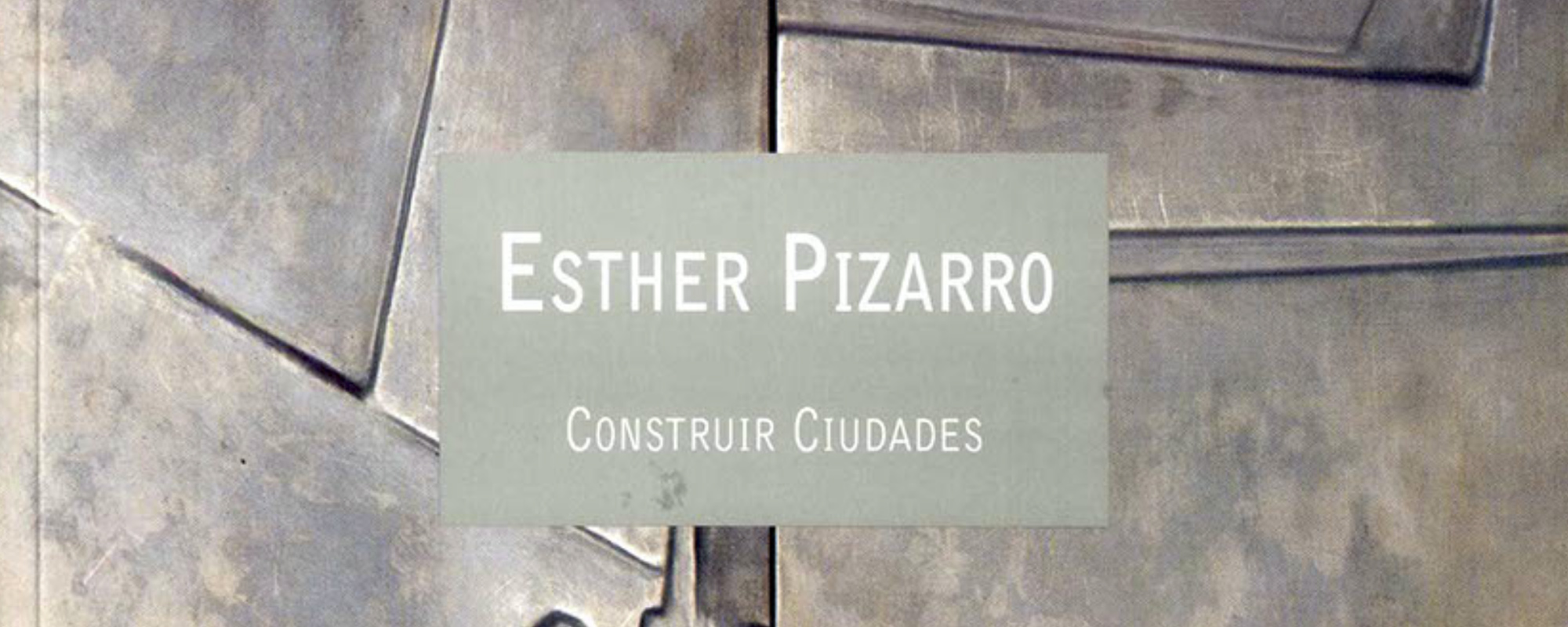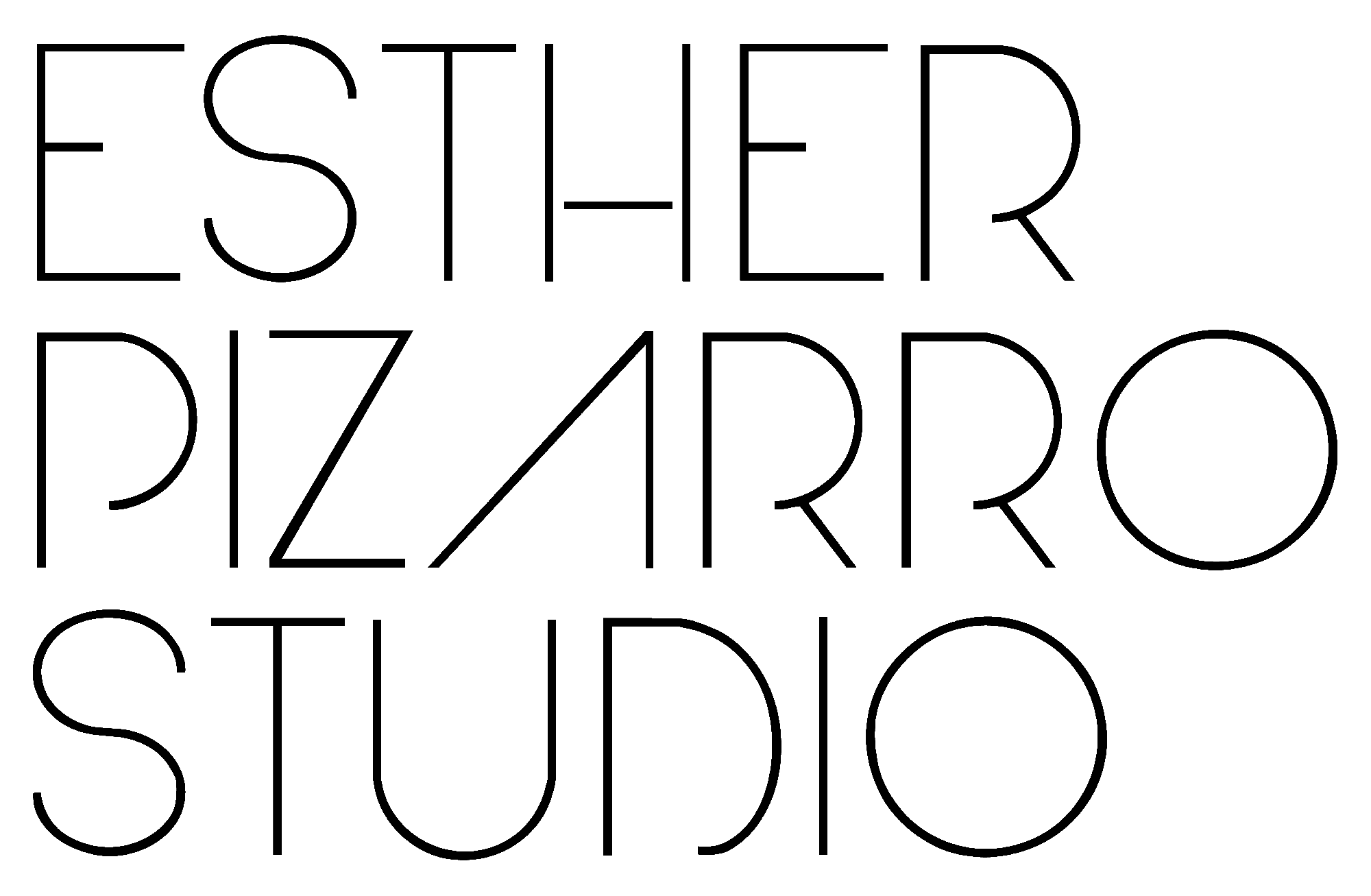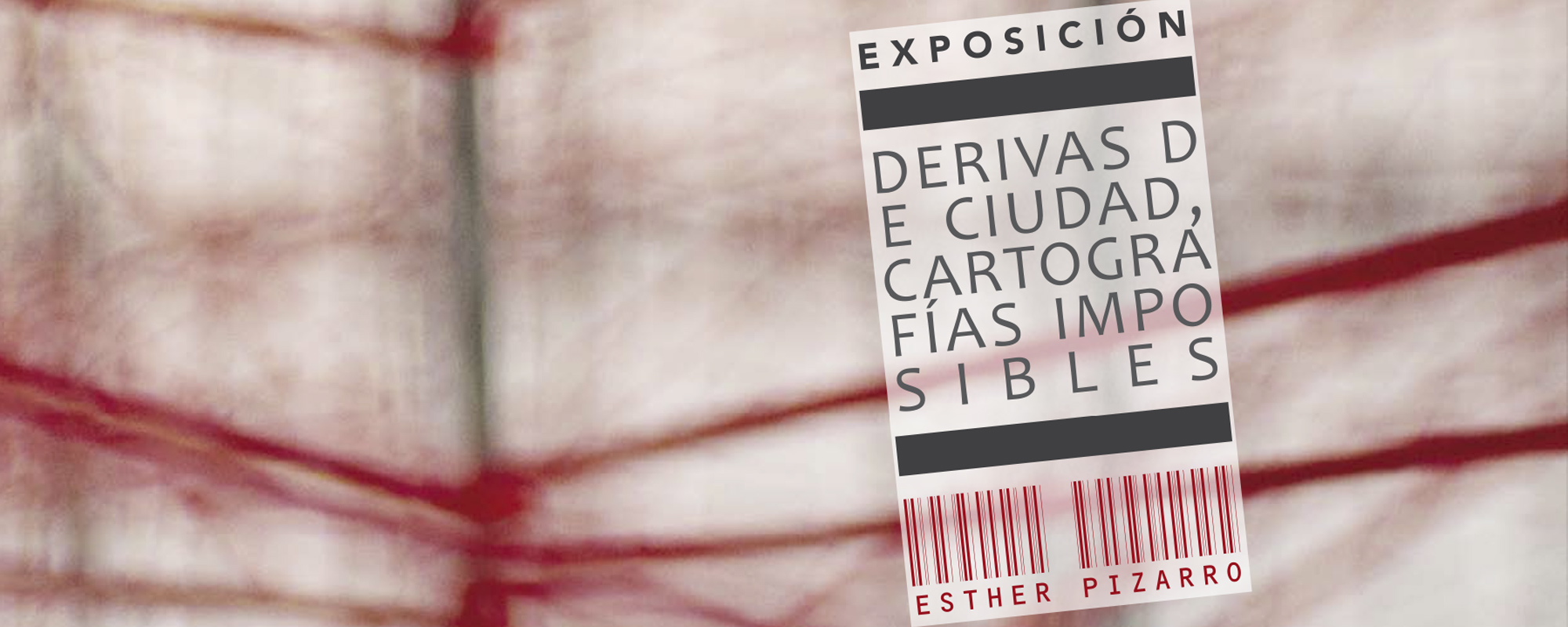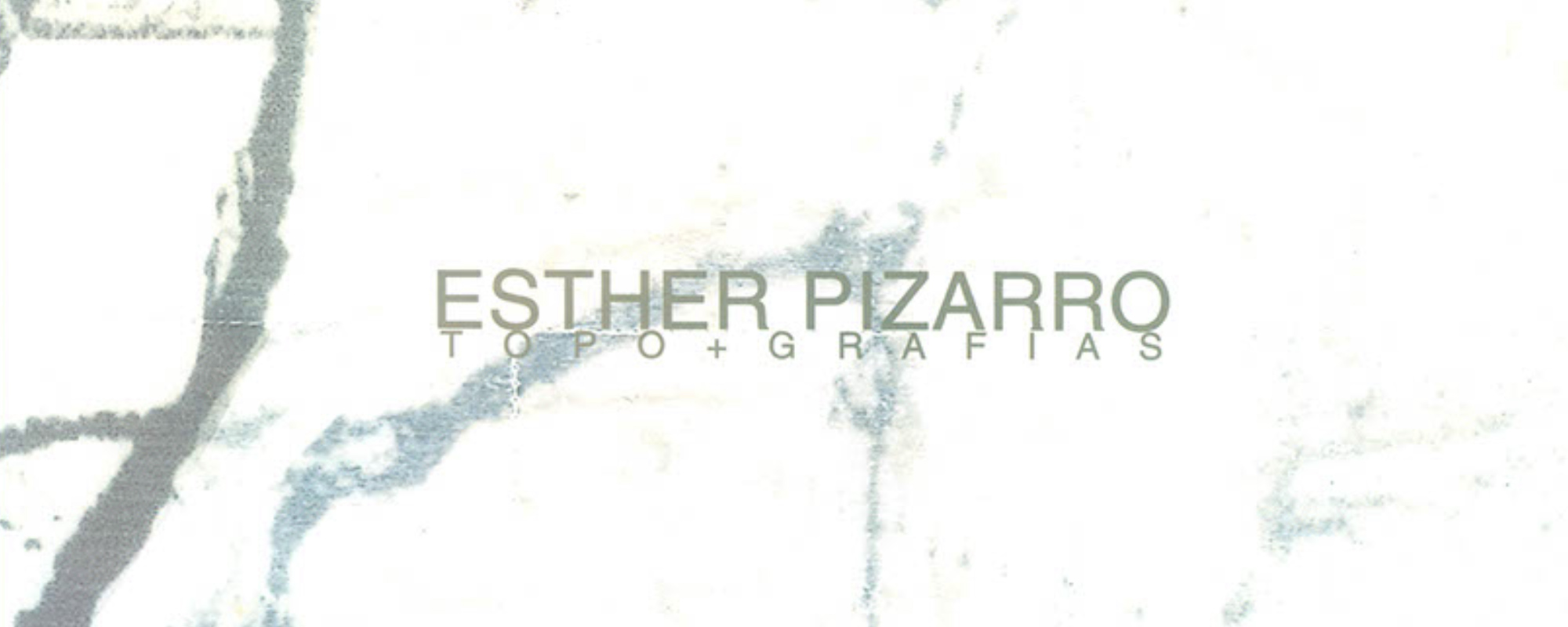PIZARRO, Esther (2000) :: Catalogue text: Construir Ciudades

PIZARRO, Esther (2000). “Building Cities” (pag. 15-18). Exhibition catalogue text: Construir Ciudades, Galería Raquel Ponce, Editorial Grafur, Madrid. DL: M-2324-2000
Cities have a memory that communicates with ours, stimulates it and revives it. They have a historical memory: the monuments according to the modern conception of thecity, are included to provide the provisional dimension to the landscape and the citizen is daily confronted to the traces of a past which its own journey meets again, covers and overcomes it [1].
ABOUT SPACE
The modern human being has been exposed to a consecutive experiment of new spaces, since the Euclidean conception of space as a constant, homogeneous and stable determination of the three-dimensional universe where we move around came into crisis. From the moment when neither space may be considered a category a priori of our perceptive organization, as Emmanuel Kant stated in his work The Critique of Pure Reason, nor its determination may be accepted as a definite fact, certainly linked to the three perpendicular coordinates of width, height and depth. The conception of space and of place as well, as absolute entities is discussed. Just remember that these categories had remained unchangeable in the western culture from Aristotle till Newton. It was Einstein who, with his theory of relativity, modified the notion of space by awarding it a modern character and by inseparably connecting it to the notion of time. This is how a constant alteration of the physical world is established between the space-time parameters.
With regards to the sculptural context, space has always been an engine generating new ideas. Like in the history of Western thinking, this concept has experienced remarkable transformations and the sculpture, conceived as an aesthetic response to a specific time, has shown all these changes. This discipline has developed from the anthropomorphic tradition of the rounded form, which conceived the work as something enormous, close and in bloc, where the matter dominates space; up to other solutions which have made space be a constructive material and the beginning and end of a sculptural work. The appropriation of spaces, which traditionally had belonged to other systems, together with the dematerialization of the sculptural work, have allowed the sculpture to free its anthropomorphic rubble and its memorial character. The sculptor and theoretician Adolf von Hildebrand, defended the relativism of the aesthetic space by distinguishing two types of vision (the distant and the close) which create situations objectively different in the experience of any work, so that the space perceived finally determines such experience. Argust Schamrsow and Alois Rielg, according to Hildebrand´s reasoning, would defend a worldwide feeling produced through the perceptive moment. Movement, vision and touch are combined in order to create an emotional experience where human perception is inseparable from the mechanisms we adopt when facing the world. Thus, space changes from being a starting point, a simple initial information and a cause, to becoming a consequence with limitless experiences of space and time. An evolution had been made from a physical-mathematical exposition to a biological, psychological and philosophical one. The close and distant vision, the touch and the bodily movement establish the conditions of the experience of space, so that the creation of new spaces and of new spatial experiences is eternally linked to the mechanisms for the perception of the human being[2].
ABOUT PLACE
After Second World War, the notion of space as a category based in the psychological stimuli of the human being is substituted by the category of space. This big change or displacement is carried out by Husserl´s phenomenology, which will replace the psychological empiricism, based in psychology of the gestalt perception. According to the Phenomenology, the experience of the world around us is composed of the whole spatial- temporal, sexual, mobile and affectionate body, through a direct interaction between the ego and the world. We live nowadays between the oddness of the ego and the others, between the ego and the world, even in the limit between the ego and myself. Our perception is no structuring but nomadic. The experience of the body itself and of what it is external to it is made of heterogeneous ingredients, of atoms that don’t constitute molecules, of pieces, which do not fit with each other [3].
Within the substantial change performed from space to place, the latter is conceived as a recognition, a demarcation or as the establishment of limits. At the same time, the notion of place seems to be eternally linked to the notion of time.
The locations of the historical cultures have always supposed challenges for the time, monuments of collective memories, of expression so the places accumulate personal experiences, they are temporary residences. The modern time turns up as juxtaposition, as a distant discontinuance of a unique, closed and complete system. During the Classic Age, time used to be limited to zero (the experience on the centrality of the Renaissance), or it used to be a controlled time, with a beginning and an order in its expansion (experience on the baroque temporality). Nevertheless, the modern time lacks of these nuances and it is imposed as an explosion. On the East it does not appear as the sole material with which our experience may be originated, but different times coexist with whom our experience of reality is produced. Time for the modern human being consists in a diversified, juxtaposed and stratified concept. Temporality is not presented as a system but as an unsettled moment which, guided above all by the coincidence it takes place on an unpredictable[4] place and time. Finally, a delimitation of spheres begins to take place, when the modern space guides us to perceive places which are closely linked to the temporal dimension and thus creating a third level, to dwell.
ABOUT DWELLING
According to Heidegger the modern human being is stateless, lacks a dwelling and a place in which the fact of dwelling may occur immediately. On the contrary, for him, the dwelling is a task. It is necessary to learn how to inhabit and therefore the first step is to be aware of the situation of uprooting and the need to change it. During that journey the process of construction is nailed down. Dwelling leads to build and building is the process through which the human being gathers things, objects, but he also meets other people. So that the dwelling, which begins as a process through which we make efforts to get rid of the uprooting, leads us to building. A building through which the human being by assembling and gathering takes care of the things, he promotes them and gets used to them. The objective of dwelling is to live and the process of building is to raise a home, that is to say, a place in which life is amused with the things and in which this dwelling constitutes a spiritual and moral germ[5].
It is obvious, how this structure in the shape of inverted pyramid has taken us progressively from a very wide state like space to the individual, by analyzing the reactions of the latter in each level and by justifying with it the appearance of a creative and motor cell which emerges and develops being forced by a personal need.
BUILDING CITIES
I arrived in Rome on February. I had an uncertain recall of the city, from a trip I had done years ago, although it was faded in my memory due to the passage of time. There were all new and very intense sensations of places, history, spaces and time, which rapidly nullified any trace from the past. I didn’t want my passing through Rome to be a simple journey, like the tourist who accumulates images of the visited places just to have another photograph album to place on the shelf. Furthermore I didn’t know the influence Rome would have on my work, not even what sort of work would come out from all this. I liked the oddness the city provoked on me. One thing was real and true, Rome overwhelmed, every street crossed, every stone I touched, every building observed, each pore of its urban tissue, of its archaeological skin radiated history.
The city was being built on my mind day by day. In the beginning there were only sketches, isolated fragments, past sensations of my personal experience, devised memories. Little by little, as the days went by, these isolated memories began to interweave a net of personal experiences, of inhabited places. The city started to be built on the memory, like the history-city and the memory-city about which Marc Augé talked about in Places and non places of the city, which concentrates and mixes the large history and the individual histories everyone has of it. The cities are inhabited and the process of inhabiting just implies the act of building. The inhabited space is not a three-dimensional geometric space any more but an existential one, as a result of a phenomenological perception of the places and of a building from that experience. The amount of personal experiences in different places creates the memory of these places and this process is carried out by populating spaces, stones, ruins, vacuums, epochs, etc…
Rome was revealed to me as an accumulation of coats, layers, epochs, places and history and not as a unitary whole. So it was archaeology of the superposition, an interruption in time. In that fragmentation of the incomplete, of what the passage of time left behind in that stratification was where the essence of Rome was found, its deepest character. Some of the terms with whom I would define my work in Rome would be accumulation of ruins, repetition of orders, difference in the epochs and spatial disconnection.
The morphology of Rome lacks a clear order or geometric reference. Its city planning is developed through consecutive additions that transform the preexistent set into a constant process of formal and functional diversification of the city space. The extraordinary design resulting from this way of arranging the layers of the collective memory from other civilizations, seems to be developed without any programmed guideline and with a visible confusion which manifests the lack of will to plan the city according to certain rational rules and to a geometrical design of the urban space. The city becomes a sort of laboratory to experience new architectonic and urban solutions. Rome appeared as a tissue spontaneously developed over a design with a casual aspect which, vigorously talked about the endurance of more ancient systems and about past history with a real link with the geographic site where it is located. The monumental area of the city is situated on a system of low hills rising over the alluvial plain along the wavy course of the Tiber. Within this extraordinary topography of small embossments, in the center of the valley appears the architectonic network of the Forum as an unruly system where the majestic volumes create a structure, which grows through the consecutive enclosures. The magnificent architecture of the imperial forum majestically emerges inside the overloaded and disorderly urban plot, proving the potential eagerness of the city and also, the limits and contrasts of an unprepared urban growth.
The city is a space for mobility, a foretold container that necessarily produces an effect of emptiness, a negative mould for our experience of constant mobility. The absence of limits, the spatial interconnection and the expansion are symptoms of how the city is more perceived as a form in negative than a proposal of precise contents. The emptiness really gives sense to the locus in the Roman catacombs, and it also allows us to travel along the different historical levels of the basilica of Saint Clement, who is the one that draws lost dwellings in the ruins of Ostia Antica, so definitively the one who forms the spaces to travel and the places to populate. The emptiness attributes the city the character of epidermis; it articulates its urban tissue.
Just as this text which has been composed from my meditations about space, place and dwelling, my work in Rome was assembled day by day through the collection of my experiences, my perceptions and above all through my personal experiences in this city. I made books in the manner of maps faded with the passage of time which, relate the city, show us its vacuums, its streets and its squares through which we somehow travel. Creases, which according to the notion of pli (crease) annotated by Guilles Deluze, imply that the space is made of platforms, of fissures, of scrapings, of surfaces and depths which completely dislocate our spatial experience [6] In that culture of events and of decomposition that leads to the disorder, it is necessary to sieve its elements, to select experiences to build new creases in the complex reality. I did some drawings paying isolated homage to places and spaces. The Etruscan necropolis of Cerveteri, with its huge circular catafalques mark certain places which indicate that in due time there was a piece of history buried and which nowadays and through its endless and cold stairs take us to the innards of some dwellings, partly warm that are delineating spaces to recall, personal labyrinths. I very often took a walk along the river Tiber, I crossed it, and I spent hours observing the endless shapes the water forms from the bridge of the insola tiberina. I thought about the importance of that great artery which determined the axis of the first Roman settlements. The mount Palatine, the Campidoglio, the Gianicolo, the Imperial Fori, the Colosseum; all these fragments of the city progressively built my memory of Rome. I imagine a network of quartieres (districts), containers of experiences, dwellings of memory which will reflect those labyrinthine and organic vacuums of the medieval area through which I had walked around. Spaces defining other spaces, like the arrangement of the ruins of Ostia Antica forming the cardus and decumanum.
I used a wax skin for the inside of my containers, like a city folding in itself to become more intimate, more human and accessible. An archaeological epidermis which by constantly being repeated delineates in its variations the tessuto romano. The wax apparently soft and fragile and at the same time warm, delineates the innards of the city, that city imagined in our memory as delicate, weak and which needs to be protected by an external rigid and full lead carcass. The selection of material is never fortuitous. Every material has its epoch, its rules and its historical resources; so in this way is capable of talking about the present or the past, to tell us something. Rome mainly represented for me time, history, and warmness. Therefore the use of lead, a ductile and malleable metal which responds to that double contrast of the apparent coldness of the metal and the organic warmness of the wax.
I established an open work, with no beginning or end, like those journeys which continue on our mind after having finished, where the different pieces are articulated in a different way depending if they are present or not and build invented places in our memory using different fragments.
[1] AUGÉ, Marc, “Lugares y no lugares de la ciudad”. DESDE LA CIUDAD. Arte y Naturaleza, Diputación de Huesca, 1998, pp. 240.
[2] SOLÁ MORALES, Ignasi de, Diferencias. Topografía de la arquitectura contemporánea, Editorial Gustavo Gili, Barcelona, 1995, pp. 114.
[3] Ibidem, pp. 22.
[4] Ibidem, pp. 77.
[5] Ibidem, pp. 50.
[6] Ibidem, pp. 101–102.


